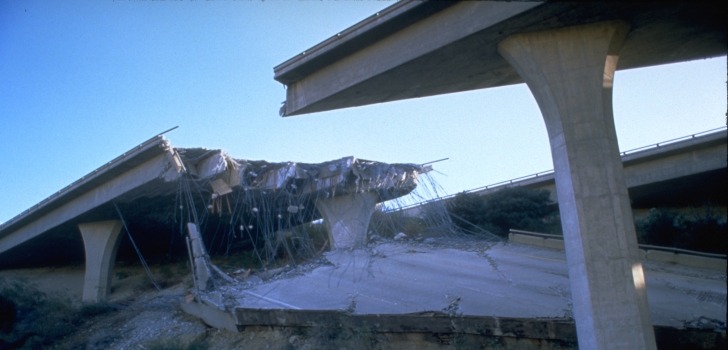As Nepal slow, painfully and sadly recovers from a 7.8 magnitude earthquake on Saturday, it’s important to remember this type of tragedy could strike us right here at home. Specifically in California, one of the most geologically active areas in the country. It has happened before and it will happen again. The lone question is when.
Like Nepal, California is at a point where huge pieces of the Earth’s crust come together and is therefore prone to seismic activity. There have even been quakes in California larger than Saturday’s 7.8 magnitude quake in Nepal, which killed thousands.
Most notably, the 1906 San Francisco quake killed over 3,000 people and was estimated to be 7.9 magnitude but may well have been stronger. Technology available at the time meant precise measurement was impossible.
But it doesn’t take a big one to cause a major disaster. Notably smaller quakes in highly populated areas can result in major loss of life. Three modern quakes — the Loma Prieta in 1989, the Northridge in 1994 and the Sylmar in 1971 — were all less than 6.9 magnitude but each killed more than 60 people.
A quake that struck Long Beach in 1933 was 6.4 magnitude and killed 115 people.
These lessons and our modern society mean we are somewhat less prone than Nepal. The Long Beach quake sparked a serious effort to make buildings that better stand up to earthquakes. Building code changes over the decades have resulted in significantly strengthened structures.
In Nepal, experts have long known that weak buildings would bring mass casualties in the event of a major quake. A study by Geohazard International found that over 65 percent of the structures built in the area did not meet the country’s own building codes, which are weaker than those in California.
Presently in California there are efforts underway to retrofit buildings that experts say are at greatest threat of collapse from a big quake. San Francisco now requires owners of wood apartments with weak first stories to strengthen them. Los Angeles is moving to do the same.
LA Mayor Eric Garcetti has also proposed requiring retrofitting of brittle concrete buildings as well as various infrastructure around the city. Experts have said these concrete buildings pose the greatest risk of loss of life in the event of a large quake. A recent study found it entirely possible that 1800 people could die in a severe quake like the one that struck Nepal.
While California is more prepared than Nepal its still in a danger zone and is still at risk. Efforts must be continued in order to avoid a serious disaster when the time comes.
Stay Connected